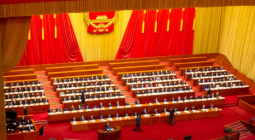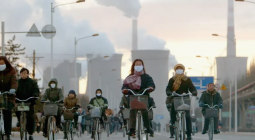China’s emissions now exceed all developed countries combined.
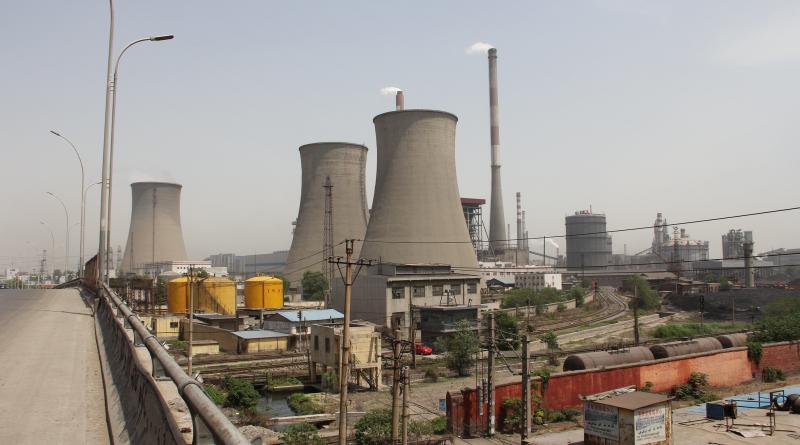
It's a massive country with massive emissions.
It’s a powerhouse for renewable energy, but it still heavily relies on coal plants. It has committed to being carbon neutral by 2060 but presented no clear roadmap on how this will happen. It has the world’s largest population, with a growing climate footprint as purchasing power increases.
Evidently, it’s not easy for China to take action on climate its emissions significantly — and unfortunately… it’s about to get worse. China emitted more greenhouse gas than the entire developed world combined in 2019, the first time this has happened since national emissions have been measured, a new report showed. Even if everything goes according to plan, China won’t reach peak emissions by 2030, which means its output will continue to grow.
According to the Rhodium Group, global emissions reached 52 gigatons of CO2-equivalent in 2019, increasing 11.4% over the past decade. And China’s share is growing fast. While its emissions were less than a quarter of the ones of developed countries in 1990, they have now tripled over the past three decades.
This leaves China in a difficult spot. It contributed to 27% of the total global emissions last year, largely exceeding the United States, now the second-highest emitter having contributed to 11% of the total, the report showed. India ranked third for the first time with 6.6% of the global emissions, a position that used to be held by the EU — now, the European bloc is quickly outpaced by developing countries.
The researchers also calculated per capita emissions. With a population of 1.4 billion, China ranked much lower than the developed world. But’s that also changing fast. Last year, its per capita emissions reached 10.1 tons – three times higher compared to two decades before. Already, per capita, China is emitting more than countries like France, the UK, or Spain.

This is just below average levels across the bloc of countries that make up the Organization for Economic Co-operation and Development (OECD) — and those figures are greatly skewed because of the US — which per capita, still emits about twice as much than China or the EU. The researchers predict that when the 2020 data is available, China’s per capita emissions will have exceeded the OECD average of 10.5 tons.
Still, China’s has one argument in its favor: its history as a major emitter is much shorter compared to developed countries, many of which had a head start more than a century ago. A large part of the greenhouse gases released into the atmosphere each year hangs around for hundreds of years. That means global warming is the result of both recent and past emissions. But if things continue in this line, they’ll catch up in no time.
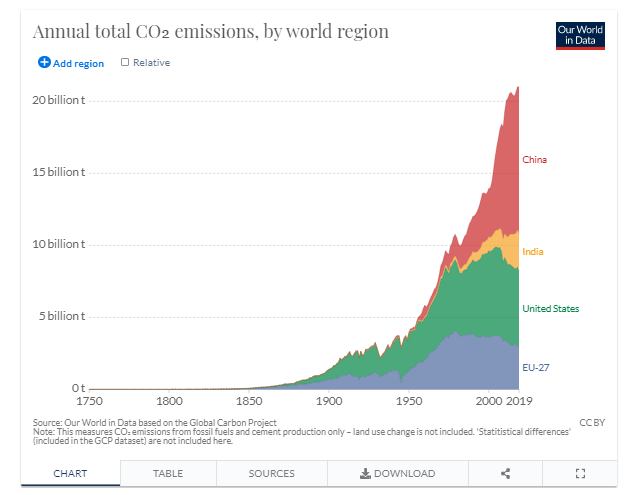
The report showed that since 1750 members of the OECD bloc have emitted four times more CO2 on a cumulative basis than China. This means they are largely to blame for the 1ºC increase in global average temperatures since the Industrial Revolution. That’s why the UN says there are common but differentiated responsibilities on climate.
The road ahead
China’s growing emissions put the world in a difficult place regarding the climate crisis. Countries committed in the 2015 Paris Agreement to do everything in their power to reduce emissions and limit temperature growth to 2ºC, ideally aiming at 1.5ºC. However, countries are far from meeting that commitment.
Countries would have to collectively increase their climate action threefold to be in line with the 2ºC goal of the Paris Agreement, UN estimates. Meanwhile, to be in line with the 1.5ºC target, they would have to do so fivefold. The world is now heading to global warming of about 3ºC based on the current climate pledges — and China’s trajectory is definitely not helping.
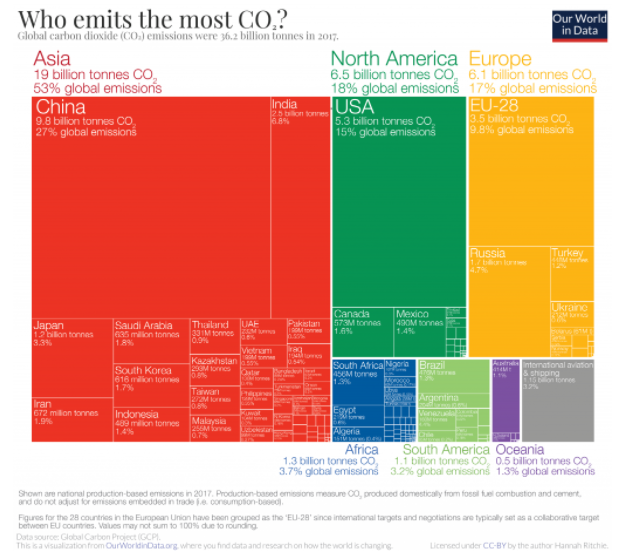
During a virtual climate summit organized by the US last month, China reiterated its pledge to peak emissions before 2030 and achieve carbon neutrality by 2060 — a decade later than other major economies. President Xi Jinping also said the country would peak coal use in 2025 and start to phase it out the following year.
But China continues to finance fossil fuel projects overseas and is continuing to build out coal-fired power plants at home. It is both the world’s largest producer of renewable energy and its largest coal consumer. The country currently has 1,058 coal plants in operation, which is more than half the world’s capacity.
According to the Climate Action Tracker, a website that tracks government climate action, China’s climate pledge (also known as NDC) is “highly insufficient” and “not at all consistent” with the targets of the Paris Agreement. China is supposed to present a new and more ambitious climate pledge at some point this year.
7 May 2021
ZME SCIENCE

